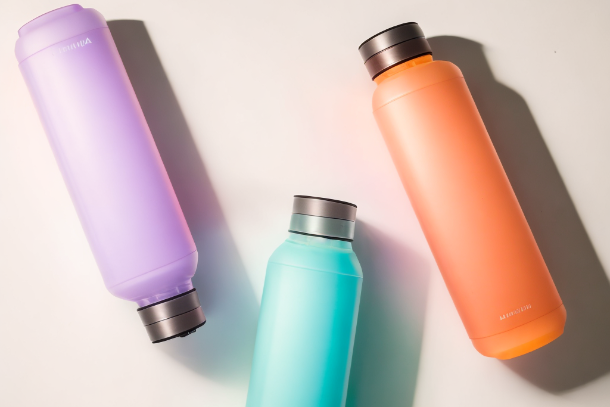How to Create a Relaxing Water Feature in Your Home
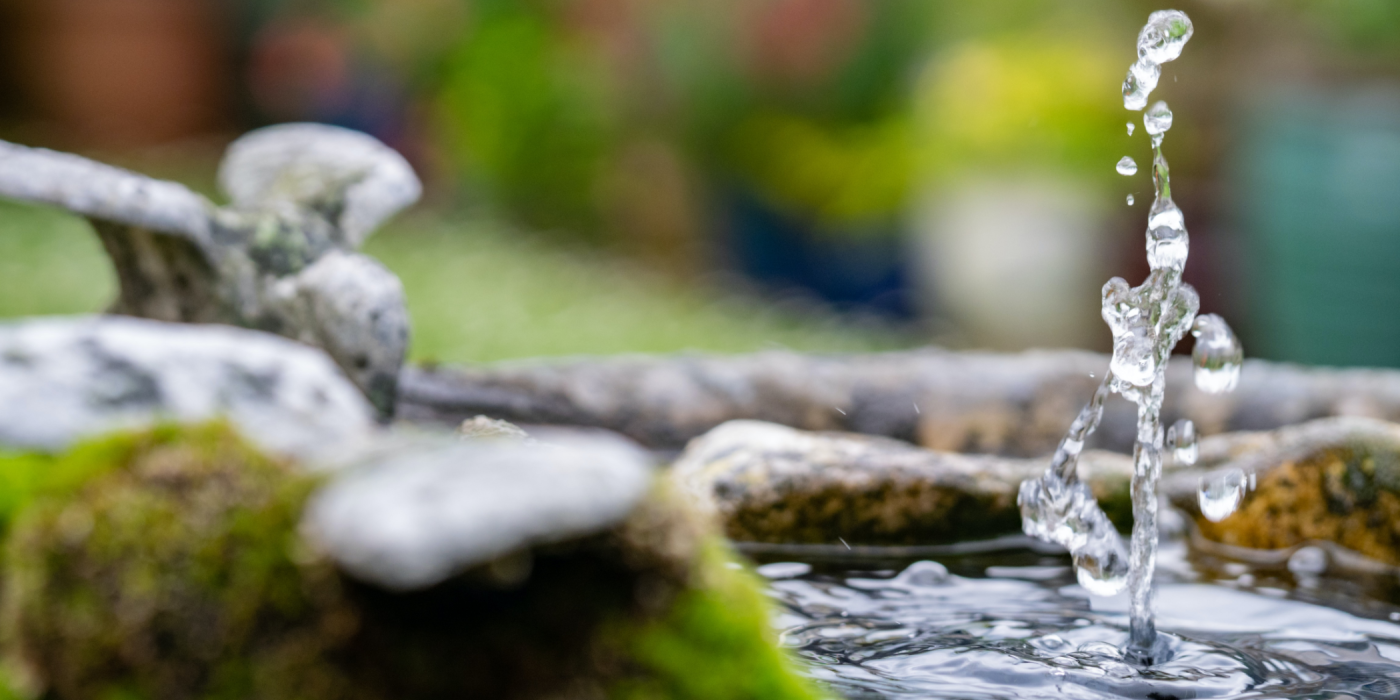
As we continue to spend more time at home, the desire to create a tranquil and serene environment has become more prevalent. Once seen primarily in lavish hotels and spa retreats, water features have found their way into residential settings across the UK. Their increasing popularity can be attributed not only to their aesthetic charm but also to their soothing attributes. The gentle cascade of water can create a calming ambience, providing an element of tranquillity and relaxation to any space.
Indoor water features, in particular, can enhance the atmosphere of a room, while outdoor options serve as an impressive focal point in gardens or patios. The rhythmic sound of trickling water, reminiscent of a babbling brook or soft rain, can help reduce stress and promote relaxation. This in conjunction with the humidity released into the air—especially beneficial during drier months—creates a pleasing microclimate that can enhance overall comfort and wellbeing.
In light of this growing trend, we aim to guide you through the process of creating your very own water feature at home. Whether you're keen on adding a soothing element to your living room, seeking to improve your outdoor space, or just wish to embark on an exciting DIY project, this guide is for you. We'll explore different types of water features, offer advice on choosing the perfect spot, discuss design ideas, and provide step-by-step instructions for creating your home water feature. Get ready to transform your space into a peaceful oasis.
The Benefits of a Home Water Feature
Aesthetic and Relaxation Benefits
Home water features are more than just visually striking; they create an oasis of tranquillity right within your living space. The flowing water adds an element of dynamism to your static decor, drawing the eye and becoming an impressive focal point.
Aside from their undeniable aesthetic appeal, water features introduce the soothing sounds of trickling water into your environment. This subtle, constant noise can act as white noise, blocking out potentially disruptive sounds and creating a serene auditory backdrop to your daily activities.
Moreover, water features contribute to increasing the humidity within the home. This can be especially beneficial during drier months, reducing the dryness of the air and making the atmosphere more comfortable for your skin and respiratory system.
Enhancing Mental Wellbeing
Water features aren't just about aesthetics and physical comfort, though; they play a crucial role in creating a calming ambience that can enhance your mental wellbeing. The gentle sight and sound of flowing water can instil a sense of peace and tranquillity, reducing stress and promoting relaxation.
The practice of 'shinrin-yoku' or 'forest bathing' in Japan has highlighted the stress-reducing effects of being around water. While we can't all have a forest at our disposal, a home water feature can mimic some of these effects, giving you a slice of nature and tranquillity within your personal space. This can contribute to a greater sense of calm, making your home not just a place to live but a sanctuary for relaxation and peace.
Types of Home Water Features
Water features come in a variety of forms, each with its own unique charm and fitting different space, aesthetic, and maintenance needs. Below are some popular types you may consider.
Wall Fountains
Wall fountains are a fantastic option for those looking to save on space while adding elegance to their indoor or outdoor walls. Often crafted from materials such as slate, stone, or glass, they provide a visually arresting backdrop with the calming sound of cascading water.
Pros: Space-saving, versatile in design, can be used both indoors and outdoors.
Cons: Can be pricey, require wall reinforcement for heavier models, need access to electricity.
Tabletop Features
Compact and portable, tabletop features allow you to bring tranquillity to any room with a flat surface. They're perfect for those desiring a low-commitment, cost-effective introduction to home water features.
Pros: Affordable, portable, easy to install, suitable for small spaces.
Cons: Limited in size and design options, less impactful than larger models.
Outdoor Ponds
Outdoor ponds, whether naturalistic or modern, create a serene oasis right in your garden. They can be home to aquatic plants, and fish, and even attract local wildlife.
Pros: Can enhance garden biodiversity; large size can make a strong aesthetic impact.
Cons: Can require significant space, potentially high installation and maintenance costs, and may require safety measures if small children are present.
Remember, the choice of water feature will significantly depend on your home's space, your budget, and your personal preference. Whichever you choose, rest assured, it's a step towards creating a more relaxing home environment.
Choosing the Ideal Location for Your Water Feature
Selecting the perfect spot for your home water feature involves more than just aesthetics. It requires careful consideration of various factors to ensure your water feature functions optimally and enhances the tranquillity of your space.
Consider the Sunlight
Sunlight plays a crucial role in deciding the location of your water feature. Too much direct sunlight can lead to the growth of algae, which will require frequent cleaning. Moreover, if your water feature is made of certain materials, such as metal, direct sunlight can cause it to heat up, potentially affecting the overall ambience.
Noise Levels and Ambiance
The soothing sound of a water feature is one of its biggest attractions. Consider placing your water feature in a location where the noise level will complement rather than disrupt the home's daily activities. For instance, you may want to avoid placing it in a spot where the sound could interfere with conversation, television watching, or work activities. On the other hand, the relaxing sound of a water feature might be a welcome addition to a reading nook or meditation space.
Room Usage and Practicality
Consider the practical aspects of room usage. An outdoor water feature might be best in a garden or patio area where it can be enjoyed in all seasons. For indoor water features, consider the room's usage, humidity levels, and proximity to electrical outlets for pump operation. For example, a small tabletop feature could be perfect for a home office or study, while a larger, wall-mounted feature might be best suited for a living area or entrance hall.
By considering these factors, you can ensure that your water feature not only adds to the aesthetic appeal of your home but also maximises the relaxation benefits it can provide.
Designing Your Water Feature
Understanding Your Decor
When designing a water feature, it's crucial to consider the existing décor of your home. A well-designed water feature should integrate seamlessly into your living space, enhancing rather than detracting from the overall aesthetic. Start by assessing the style of your home. Is it modern and minimalist? Or perhaps more traditional and ornate? Maybe you lean towards a rustic or industrial style? Identifying your home's style will guide your water feature design decisions.
Choosing the Right Materials
Depending on your aesthetic preferences and home style, a myriad of materials can be used for your water feature.
Natural Stone
Natural stone options like slate, granite, or marble are popular choices for water features. They offer an organic, timeless look that can fit in both traditional and contemporary settings.
Glass and Metal
For a modern or minimalist home, glass and metal water features can provide a sleek, clean appearance. Stainless steel or copper combined with tempered glass panels can create a striking visual element.
Ceramics and Resin
For those seeking a more budget-friendly option without compromising on the aesthetic, ceramics and resin water features can mimic the look of more expensive materials.
Selecting a Design Style
The design style of your water feature should align with your home décor. For instance, a Zen-inspired water feature might include bamboo elements and smooth pebbles, fitting perfectly in a minimalist home or an Asian-themed space. In contrast, a classic tiered fountain could complement a home with traditional or Mediterranean influences. Remember, the design you choose should be visually pleasing and promote relaxation and tranquillity.
Step-by-Step Guide to Creating Your Home Water Feature
Tabletop Water Feature
Creating a tabletop water feature is a great starting point for beginners, as it requires less space and resources.
-
Select a Waterproof Container: This will act as the basin of your water feature. It could be a ceramic pot, a glass bowl, or any waterproof container that fits your aesthetic.
-
Install the Pump: Purchase a small, submersible pump from a home improvement store. Position it in your container and ensure the power cord can safely reach an outlet.
-
Add Water: Fill your container with water, ensuring that the pump is fully submerged.
-
Create the Fountain: You can use stacked pebbles, a small statue, or any water-resistant object that can disperse water. Arrange these items around the pump.
-
Test and Adjust: Plug in the pump and adjust the flow rate to your preference. You may need to rearrange your fountain elements for the best visual effect and sound.
Outdoor Pond Feature
An outdoor pond can be a stunning addition to your garden for a larger project.
-
Plan Your Pond: Choose a location and outline the shape of your pond with a rope or garden hose. Consider the size and depth based on your desired aesthetic and the wildlife you'd like to attract.
-
Dig and Line: Dig according to your outline, then line the hole with a pond liner.
-
Install the Pump and Filter: Position a suitable pond pump and filter system. Ensure the pump is fully submerged and the cords reach an outdoor power outlet.
-
Fill and Decorate: Fill your pond with water. Add plants, rocks, and perhaps a small waterfall feature for added tranquillity.
Remember, always follow safety guidelines when working with water and electricity. And enjoy the process — creating your water feature is the first step towards a more peaceful, relaxing home.
Maintaining Your Water Feature
Routine Maintenance
Regular upkeep is crucial to ensure the longevity of your water feature and to maintain its calming charm. Here are some standard procedures you should routinely carry out:
Cleaning
The first element of maintenance is regular cleaning. Over time, a water feature can accumulate debris, such as leaves, or build up algae, particularly if located outdoors. Make it a habit to clear out this debris and scrub the surfaces of your feature with a soft brush.
Water Treatment
To keep the water in your feature clear and prevent the build-up of algae or bacteria, you may need to add a water treatment. These can be bought from any good garden centre and are typically added weekly or bi-weekly.
Repairs
Lastly, regularly check the pump and lighting fixtures for any necessary repairs. A dysfunctional pump can lead to stagnant water, while a faulty light can diminish the overall appeal of your water feature.
Tips for Low-Maintenance Options
If you're looking for a more hands-off approach, there are a few things you can consider:
-
Choose a water feature design that is easy to clean and has fewer areas for debris to gather.
-
Use a water feature cover when not in use, especially for outdoor features, to reduce the accumulation of leaves and other debris.
-
Opt for a water feature with an automatic water treatment system.
-
Consider a solar-powered feature to eliminate the need for wiring maintenance.
By following these guidelines, you can ensure that your water feature remains an enchanting and relaxing element in your home with minimal effort.
Recapping the Journey
In our exploration of home water features, we've covered a great deal of ground. We began by appreciating the benefits of incorporating a water feature in your home, not just for its visual appeal but also for its relaxing and soothing qualities that contribute significantly to your mental wellbeing.
We considered various types of water features that might fit into your space, from the compact elegance of tabletop features to the grandeur of outdoor ponds, highlighting the pros and cons of each, enabling you to make an informed decision.
Next, we discussed the crucial aspect of selecting the perfect spot for your water feature, ensuring that it complements your home's decor and doesn't disrupt everyday activities. We also delved into the exciting process of designing your water feature, offering guidance on the selection of materials and design styles to align with your aesthetic preferences.
We then embarked on the practicalities of creating your water feature with a detailed, step-by-step guide tailored to various types and styles. Lastly, we emphasised the importance of regular maintenance to ensure your water feature continues to enhance your home's beauty and tranquillity.
Final Encouragement
Bringing a piece of nature into your home, a water feature serves as a visual and aural delight, creating an atmosphere of tranquillity and peace. Its therapeutic effects and the aesthetic enrichment it offers make it a compelling addition to your living space.
If you're seeking a new element of relaxation and beauty in your home, a water feature could be your answer. With the guidance provided in this article, you're now equipped to embark on this rewarding journey of creating your very own home water feature.
Related to this article are the following:
I do hope you have enjoyed this article and hope that you will subscribe to my newsletter so you can get the latest information about all things naturally relaxing.
Stay in touch, join the Naturally Relaxing Newsletter
Newsletter Signup
Post Your Comments
or post as a guest
Be the first to comment.
Latest articles in Water
Idea is to do article on waterfall
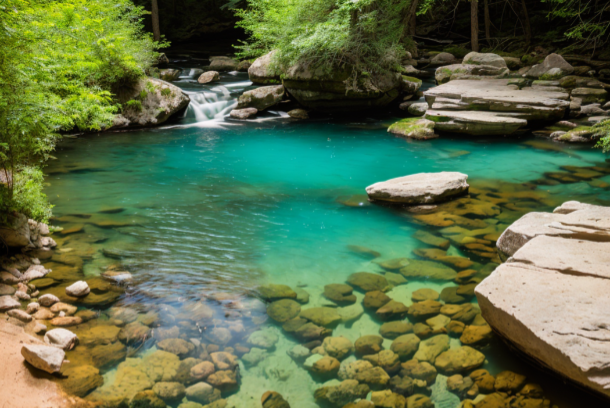
Finding the Perfect Swimming Hole: Your Comprehensive Guide
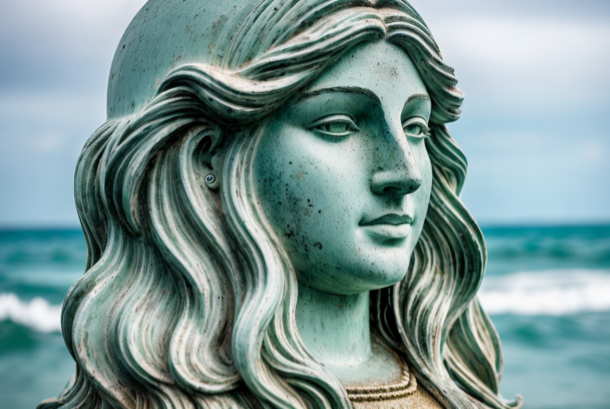
Exploring Sea Deities Around the World: A Dive into Global Mythologies
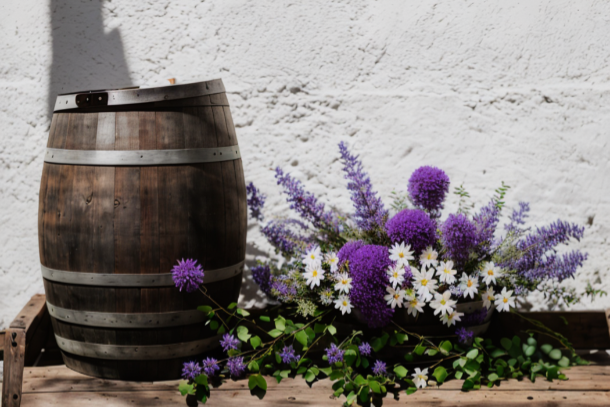
Harvesting Rainwater: A Comprehensive Guide to Rain Barrels and Water Storage
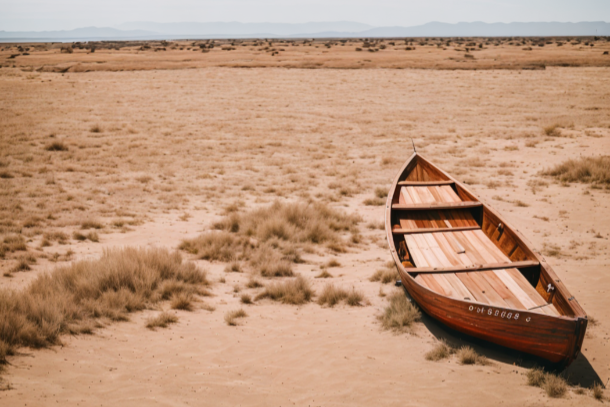
Creating Resilient Gardens: An Expert Guide to Drought-Tolerant Landscaping
